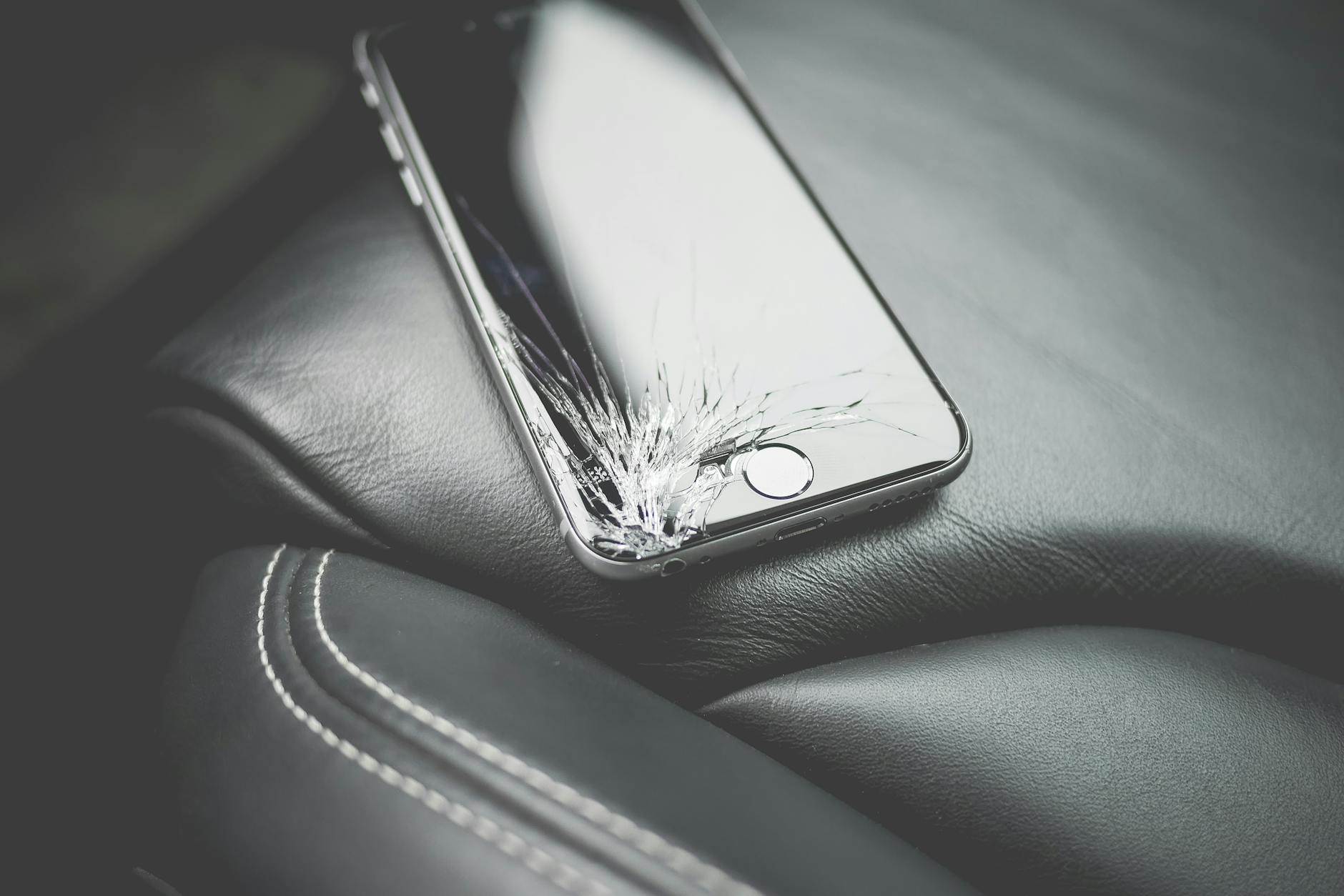Salvaging Electronics: 4 Expert Tips for Safe Recovery
In today’s fast-paced digital world, technology has become an integral part of our lives. From smartphones to laptops, we rely on electronic devices for communication, entertainment, and work. However, what happens when these devices fail or get damaged? Salvaging electronics can be a cost-effective and environmentally friendly way to recover valuable components and data. In this article, we will explore four expert tips for safely recovering electronics.
1. Assess the Damage
The first step in salvaging electronics is to assess the extent of the damage. Before you start disassembling the device, take the time to carefully inspect it for any visible signs of damage, such as cracks, water damage, or burnt components. It’s essential to identify the cause of the failure to determine whether the device can be salvaged and which parts are salvageable.
2. Use the Right Tools
Salvaging electronics requires precision and the right tools. Invest in a good set of screwdrivers, spudgers, and tweezers to safely disassemble the device without causing further damage. It’s crucial to follow the manufacturer’s guidelines or online tutorials to avoid mishandling delicate components. Additionally, consider using an anti-static wrist strap to protect sensitive electronics from electrostatic discharge.
3. Recovering Data Safely
One of the key reasons for salvaging electronics is to recover valuable data stored on the device. If the electronic device is still functional but inaccessible due to a hardware failure, consider using data recovery software or services. However, if the device is completely inoperative, you may need to remove the storage drive and transfer it to another device to recover the data safely.
4. Dispose of E-Waste Responsibly
After salvaging the useful parts from the electronic device, it’s essential to dispose of the e-waste responsibly. E-waste contains hazardous materials such as lead, mercury, and cadmium that can harm the environment if not handled properly. Donate the salvageable components to electronic recycling centers or facilities that specialize in e-waste disposal. By recycling e-waste, you not only protect the environment but also contribute to the sustainable management of electronic waste.
In conclusion, salvaging electronics can be a rewarding and environmentally conscious way to recover valuable components and data from damaged devices. By following these expert tips for safe recovery, you can maximize the potential of salvaging electronics while minimizing risks of further damage or data loss. Remember to assess the damage, use the right tools, recover data safely, and dispose of e-waste responsibly. With proper care and attention, you can successfully salvage electronics and give them a new lease of life.


